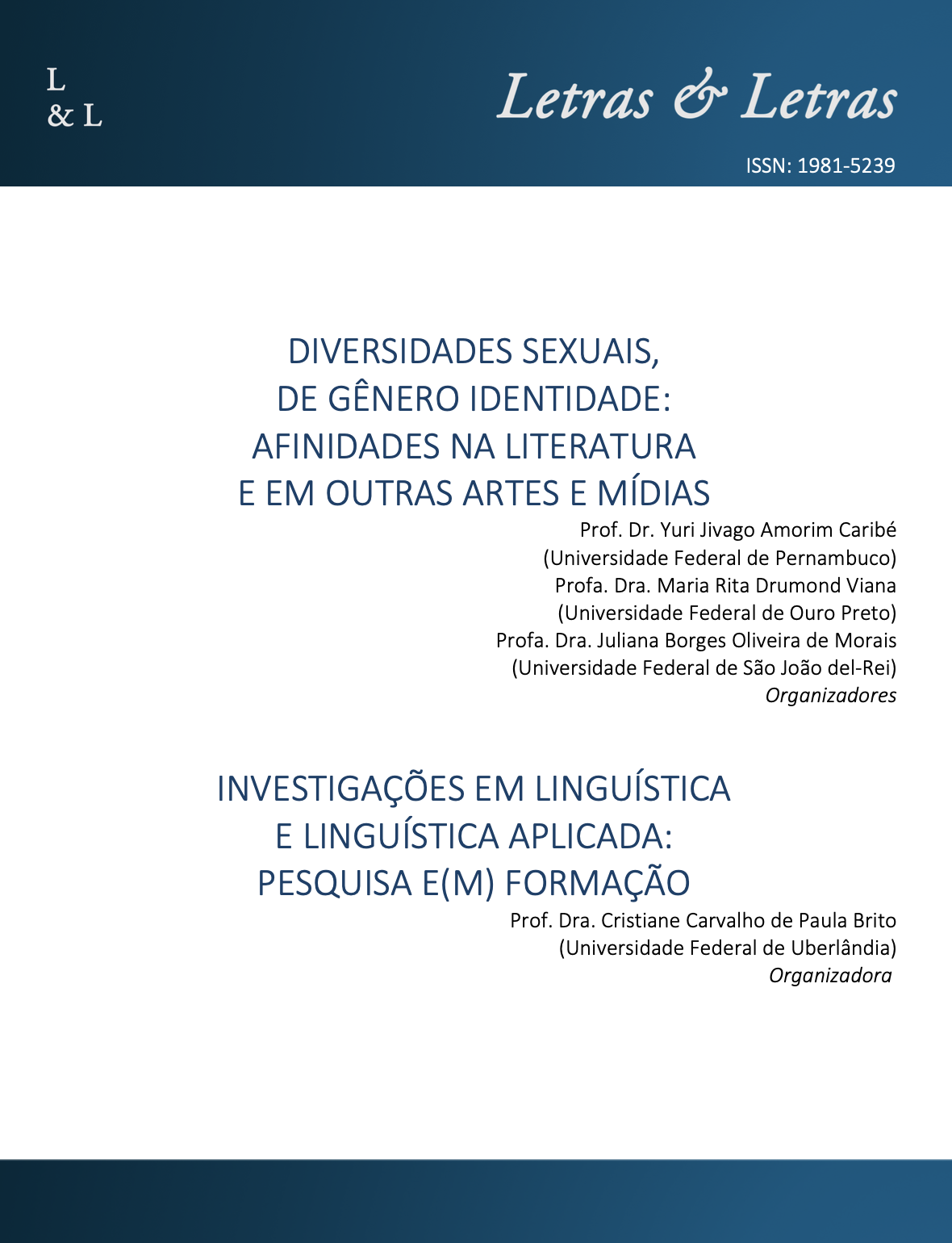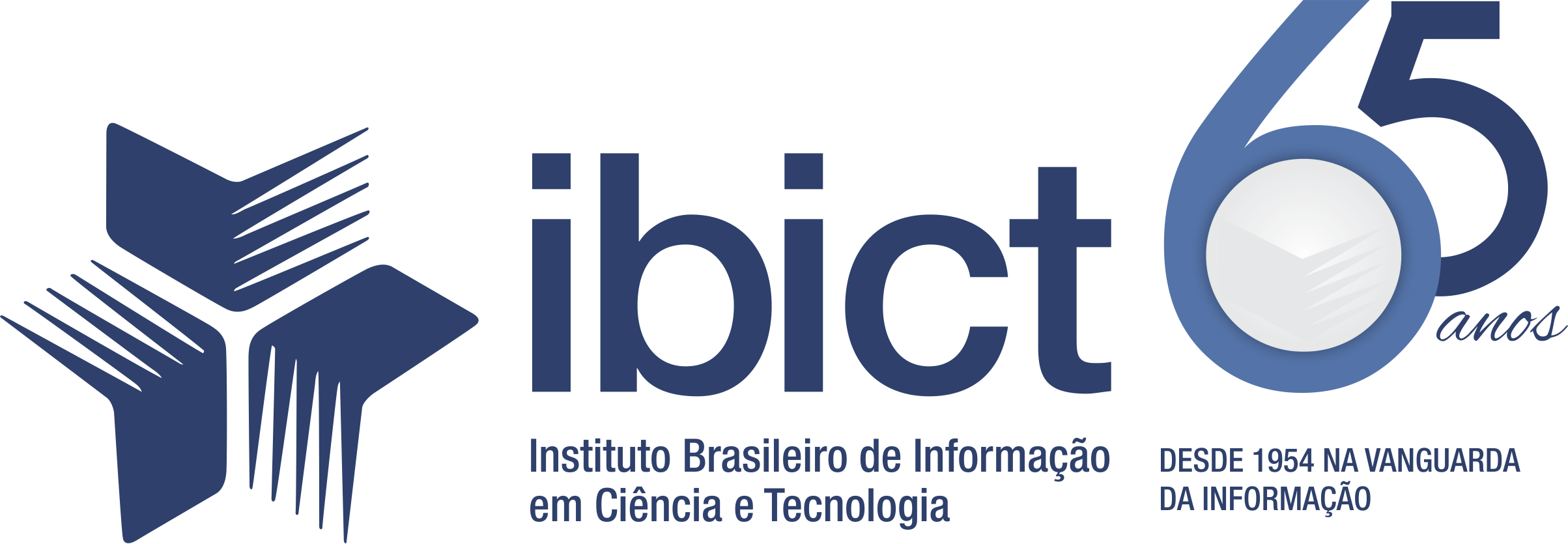Can a Transvestite Love?
Conjugality of Transvestite Characters in Brazilian Narratives of the XX Century
DOI:
https://doi.org/10.14393/LL63-v38-2022-08Keywords:
Transvestite characters, Brazilian literature, Conjugality, Hegemonic masculinityAbstract
This article discusses the relationships between the transvestite characters in Brazilian literature of the XX Century and the other male characters with whom they establish conjugality or affective and sexual ties. We choose two literary texts to contextualize this discussion: the short story “The great attraction” (A grande atração), by Raimundo Magalhães Junior, published in 1936 and the novel A different woman (Uma mulher diferente), by Cassandra Rios, published in 1965. Both express conflicts between the transvestite experience of the main characters and the hegemonic masculinity of their partners. The theoretical framework used focuses on research in the field of Gender Studies and draws from Brazilian transvestite ethnographies by Pelúcio (2009) and Silva (2007), in the literary studies of Candido (2007), Fernandes and Schneider (2017) and the historical routes of Green (2000) and Albuquerque Jr (2010).
Downloads
References
ALBUQUERQUE Jr., Durval Muniz. Máquina de fazer machos. In.: MACHADO, C. J. S; SANTIAGO, I. M. F. L.; NUNES, M. L. S. (orgs). Gênero e práticas culturais – Desafios históricos e saberes interdisciplinares. Campina Grande: Eduepb, 2010.
CANDIDO, Antonio. A personagem de ficção. São Paulo: Perspectiva, 2007.
FERNANDES, Carlos Eduardo Albuquerque; SCHINEIDER, Liane. Personagens travestis em narrativas brasileiras do século XX: uma leitura sobre corpo e resistência. João Pessoa: EDUFPB, 2017.
FONSECA, Rubem. Dia dos namorados [1975]. In.: RUFFATO, Luiz. (org.) Entre nós. Rio de Janeiro: Língua Geral, 2007. p. 125-136.
FOSTER, David W. Consideraciones sobre elestudio de laheteronormatividadeenla literatura latinoamericana. Letras: Literatura e Autoritarismo, Santa Maria, v. 22, n. 2, 2001.
GREEN, James. Além do carnaval – homossexualidade masculina no Brasil do século XX. São Paulo: Editora da UNESP, 2000.
MAGALHÃES JÚNIOR, Raimundo. A Grande Atração. In: DAMATA, Gasparino (Org.). Histórias do amor maldito. Rio de Janeiro: Record, 1967. p. 202-211.
PAZ, Otávio. A dupla chama: amor e erotismo. São Paulo: Siciliano, 1994.
PELÚCIO, Larissa. Abjeção e desejo – uma etnografia travesti sobre o modelo preventivo de AIDS. São Paulo: FAPESP, 2009.
RIOS, Cassandra. Uma mulher diferente [1965]. São Paulo: Basiliense, 2005.
RIOS, Cassandra. Georgette. São Paulo: Record, 1956.
SALES, Adriana; PERES, Willian Siqueira. Apontamentos anal-lisadores: corpos travestis, tempos e subjetivadas compreensões do cu. Periódicus, v. 4, n. 1, 2015. https://doi.org/10.9771/peri.v1i4.15420
SANTOS, Rick. Uma visão queer do discurso de Cassandra Rios. In: RIOS, Cassandra. Uma mulher diferente. São: Paulo: Basiliense, 2005. p. 175-180.
SILVA, Helio R. S. Travestis – entre o espelho e a rua. Rio de Janeiro: Rocco, 2007.
SPIVAK, Gayatri Chakravorty. Pode o subalterno falar? Tradução de Sandra Regina Goulart Almeida, Marcos Pereira Feitosa e André Pereira Feitosa. Belo Horizonte: Editora UFMG, 2010.
Downloads
Published
How to Cite
Issue
Section
License
Copyright (c) 2022 Carlos Eduardo Albuquerque Fernandes (Autor)

This work is licensed under a Creative Commons Attribution-NonCommercial-NoDerivatives 4.0 International License.
The authors retain author's rights but grant the journal the right of firsth publication. The works are licensed under Creative Commons Attribution License, which allows sharing provided that the authors and this journal are properly ackonwledged.













